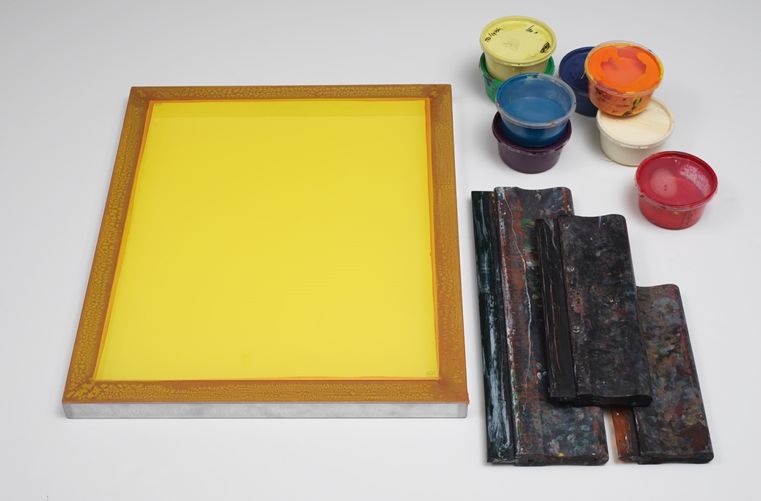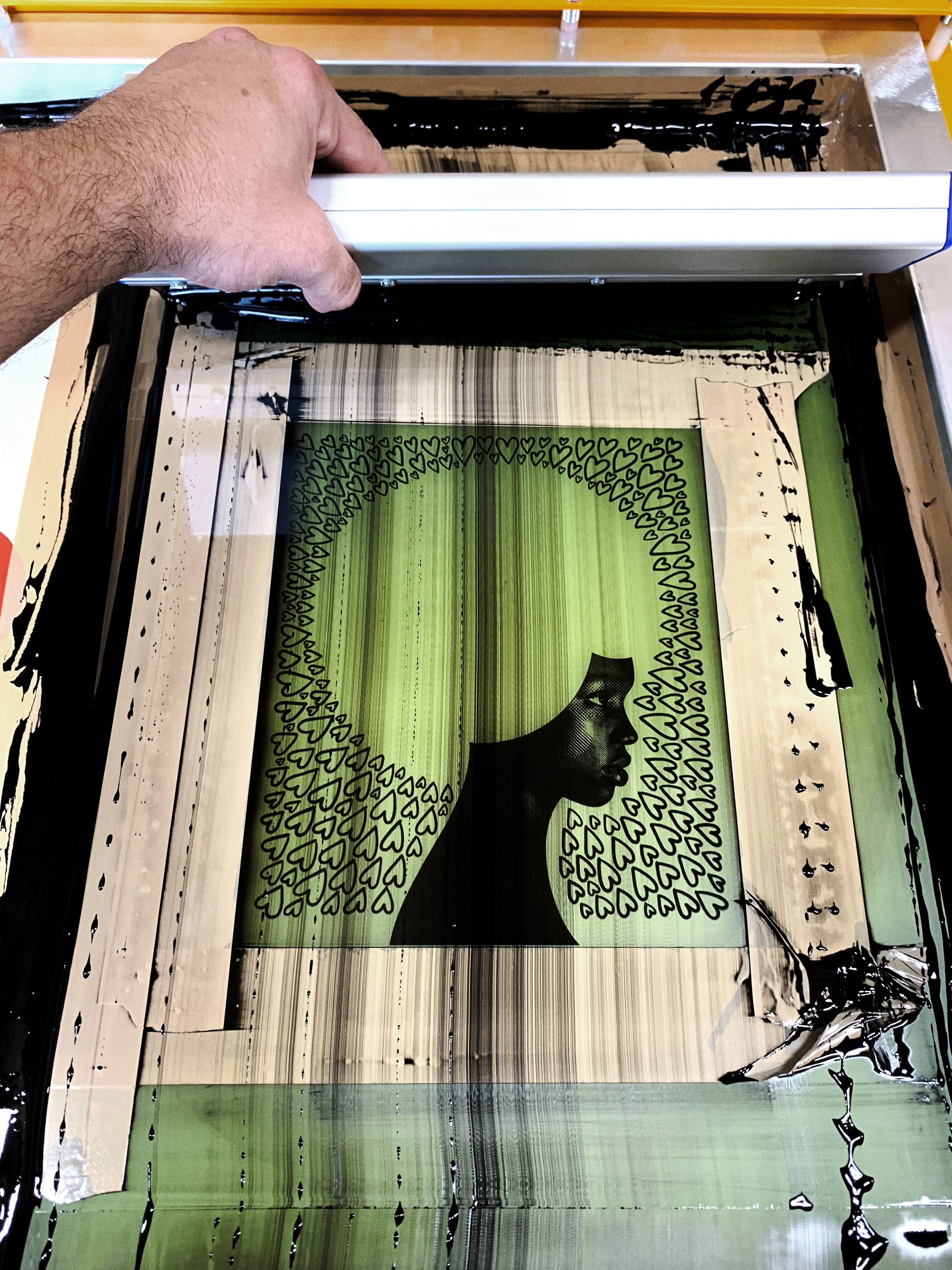ChatGPT said: 10:9 Design Company FAQs: answers to your top questions about their services
The Essential Guide to Recognizing Screen Printing and Its Versatile Utilizes
Screen printing has an abundant history that dates back to old times, progressing right into an innovative method utilized throughout numerous industries today. This overview explores the ins and outs of the screen printing procedure, detailing its applications in advertising, home, and fashion design - 10:9 Design near me. Comprehending these fundamentals can open up creative potential for both artistic and industrial projects. The following sections will disclose essential ideas and methods to improve one's screen printing endeavors
The Background of Screen Printing
Screen printing has origins that trace back centuries, its evolution mirrors the technological and creative innovations of numerous societies. Coming from in ancient China, the strategy was originally utilized for enhancing fabrics and later spread to Japan, where it became important to Ukiyo-e woodblock printing. The approach moved to Europe in the 18th century, where it obtained appeal among craftsmens and business printers. The creation of image solution in the 20th century revolutionized screen printing, enabling even more intricate designs and higher performance. Musicians like Andy Warhol additionally pushed its appeal, utilizing the medium to produce iconic works that blended commercialism and art. By the late 20th century, screen printing had developed itself as a versatile method, used in fashion, advertising, and art. Today, it continues to progress, incorporating digital modern technology and broadening its applications throughout various sectors.
The Screen Printing Process Explained
Screen printing transforms imaginative visions into concrete layouts via a series of precise steps. At first, a picture is developed and then moved onto a screen, usually constructed from fine mesh textile stretched over a framework. A light-sensitive emulsion is applied to the screen, which is subjected to light, setting in locations not covered by the photo. After rinsing the unhardened emulsion, a pattern is created.
Next off, the screen is positioned over the substrate, whether it be fabric, paper, or one more material. Ink is then pressed via the open locations of the pattern utilizing a squeegee, transferring the style onto the substrate below. This procedure can be duplicated for numerous shades, requiring separate displays for each hue. Finally, the printed product is healed using warm to ensure the ink sticks effectively, resulting in a durable, dynamic design ready for use.
Kinds Of Screen Printing Techniques

Furthermore, specialized methods, such as discharge screen printing, get rid of color from the fabric to create softer prints, while foil screen printing applies metallic foil to achieve a shiny coating (10:9 Design near me). Each technique offers unique characteristics, catering to various innovative needs and production scales, ultimately expanding the possibilities within the screen printing domain name
Applications of Screen Printing in Numerous Industries

In addition, the signs and advertising industries utilize screen printing for developing eye-catching display screens and banners. This approach permits for strong shades and elaborate designs that record interest. In electronics, screen printing is used for using conductive inks to circuit card, vital for part links. Furthermore, the home design industry welcomes screen printing to create distinct layouts on textiles and wall surface art. Overall, screen printing offers as an essential tool throughout diverse areas, enhancing items with personalized and visually enticing graphics.
Tips for Successful Screen Printing Projects
While undertaking a screen printing job, careful interest to information can significantly boost the last result. Selecting high-grade products is necessary; this includes the screen, inks, and substrates. Making use of appropriate mesh counts can impact ink deposition and information resolution. Preparation is similarly important; detailed cleaning of displays and correct direct exposure times assure crisp prints.
Next, precise enrollment is important for multi-color prints. Utilizing alignment tools can aid achieve accurate layering. Furthermore, screening prints on scrap materials before manufacturing aids identify potential problems without losing sources.

Frequently Asked Concerns
What Materials Are Ideal for Screen Printing on Textile?
Cotton and polyester blends are suitable for screen printing on material due to their longevity and ink absorption. In addition, specialized textiles like silk or canvas can create one-of-a-kind appearances and coatings, improving the general design quality.
How Do I Clean and Maintain Screen Printing Devices?
To maintain and clean up screen printing devices, one should on a regular basis wash screens with suitable solvents, examine mops for wear, lube moving parts, and shop all items in a completely dry, dust-free environment to extend their lifespan.
What Are the Environmental Impacts of Screen Printing?
Screen printing can have substantial environmental effects, consisting of chemical waste from inks and solvents, water usage throughout cleansing processes, and energy usage. Environment-friendly products and lasting techniques are vital for minimizing these adverse effects.
Can Screen Printing Be Done in the house Effectively?
Screen printing can be properly done at home with the best materials and methods. Enthusiasts can create top quality prints, though success relies on their ability degree, devices, and understanding of the procedure included.
What Are the Costs Related To Beginning a Display Printing Organization?

Beginning a screen printing company includes expenses for equipment, materials, and office. Preliminary expenditures typically vary from a couple of hundred to a number of thousand dollars, relying on the scale, quality of machinery, and desired manufacturing ability.
Screen printing has an abundant history that dates back to old times, developing right into an advanced technique made use of throughout numerous industries today. An additional technique, rotary screen printing, employs round screens, assisting in continuous printing on material rolls, consequently enhancing efficiency for large productions. In addition, specialized methods, such as discharge screen printing, remove color from the textile to create softer prints, while aluminum foil screen printing applies metal foil to attain a glossy finish. In the style field, screen printing is widely used here to develop vivid designs on garments, enabling brand names to display their one-of-a-kind styles. Cotton and polyester blends are excellent for screen printing on material due to their sturdiness and ink absorption.